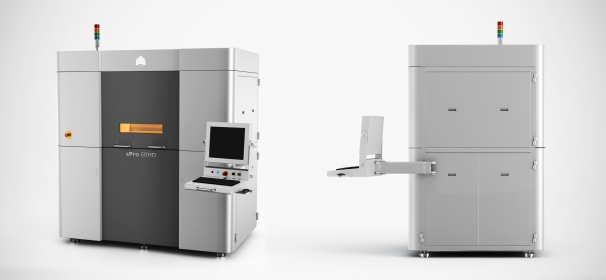Important 3D Printing Patent Expires
Yes it’s happened, a key patent related to Selective Laser Sintering (SLS) has expired. The patent, originally filed by Carl R. Deckard on May 31 1994 and issued on 28 January 1997, has started the ball rolling for a year that will see several 3D printing patents coming to an end.
Expiration of patents related to FDM (fused deposition modeling) five years ago saw a dramatic reduction in price for the technology. FDM 3D printers couldn’t be found below $25,000 and now they are approaching $250.
SLS is a printing process where powder is hit by a laser, in layers to fuse material together and create a solid object. A massive range of materials from glass, ceramics, plastics and of course metals can be turned into 3D objects with SLS. Currently the technology is too expensive for consumer level 3D printers, but that could change over the course of the next few years. Compared to FDM printing, SLS is far more advanced and can create much more detailed objects.
Patent #5,597,589: ‘Apparatus for producing parts by selective sintering’ was owned by Deckard’s start-up company (DTM), which has since been acquired by 3D Systems.
The patent includes the following description:
“An apparatus for selectively sintering a layer of powder to produce a part made from a plurality of sintered layers. The apparatus includes a computer controlling a laser to direct the laser energy onto the powder to produce a sintered mass. The computer either determines or is programmed with the boundaries of the desired cross-sectional regions of the part. For each cross-section, the aim of the laser beam is scanned over a layer of powder and the beam is switched on to sinter only the powder within the boundaries of the cross-section. Powder is applied and successive layers sintered until a completed part is formed. Preferably, the powder dispensing mechanism includes a drum which is moved horizontally across the target area and counter-rotated to smooth and distribute the powder in an even layer across the target area. A downdraft system provides controlled temperature air flow through the target area to moderate powder temperature during sintering.
So what does this mean for 3D printing and more importantly you? Expect to see a significant increase in the number and production of SLS machines, followed by a sharp decrease in price. This won’t happen over night though, companies manufacturing these new SLS printers will be wary of the dozens of other patents still valid that feature SLS technology.
3D System’s main competitor, Stratasys and their subsidary MakerBot will almost certainly be some of the first companies to take a shot at SLS technology, while avoiding the active patents. Hewlett Packard (HP) intends to launch into the 3D printing market this year and they will surely be aware of the patent. HP’s massive bank account could mean that 3D System’s and Stratasys’ could be facing a new competitor over the next couple of years.
2014 is shaping up to be a very interesting year for 3D printing, but it’s anyone’s guess as to what could happen.





